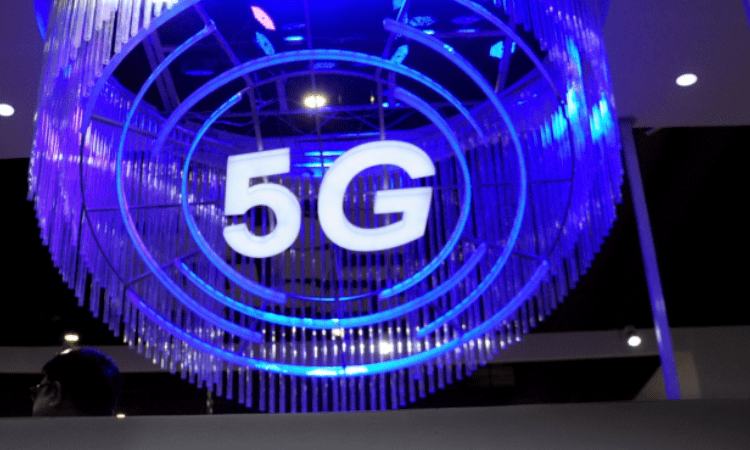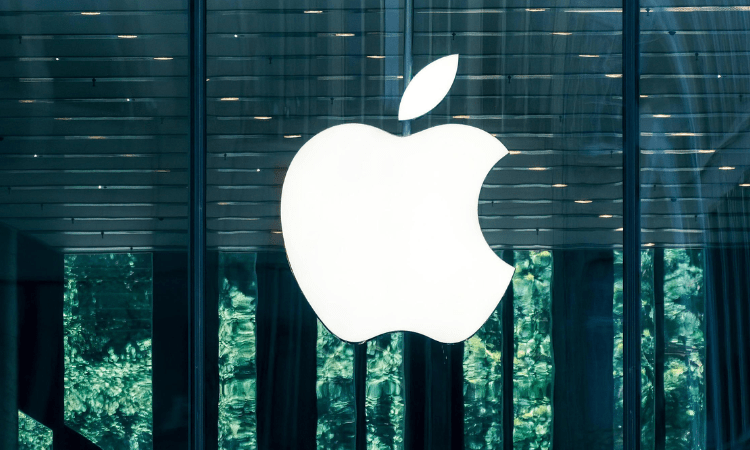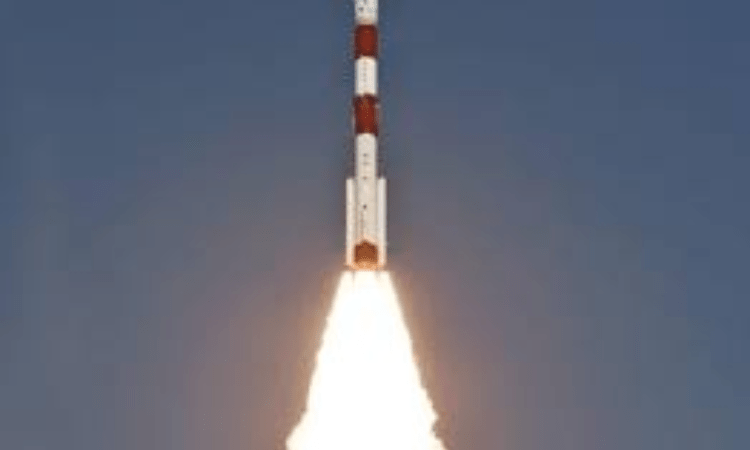Yet to make up your mind on which iPhone to buy this Diwali? The 6.7 inches iPhone 14 Plus is now here which brings a larger display and the best battery life with the A15 Bionic chip, along with deep integration of hardware and software.
With the 6.7-inch display, you can see more content like text and images when browsing the web, without having to scroll as much.
In messaging apps, you can see more text and larger text, which is great for accessibility and you have more workspace available for editing content in the Photos app.
It also enables a more immersive experience when watching your favorite show on Apple TV+ or playing your favorite game.
Can it be your next iPhone? Let us find out.
The custom-designed OLED high-resolution displays have 800 nits peak brightness, amazing contrast for true blacks, and an incredible HDR experience for photos and videos.
When viewing HDR photos or videos, the display can push the brightness up to 1200 nits for a true-to-life viewing experience.
The Super Retina XDR display (2778 x 1284 pixels) on the larger 6.7-inch size of iPhone 14 Plus offers a super experience with a beautiful design with aerospace-grade aluminum, Ceramic Shield front which is still tougher than any smartphone glass, and water and dust resistance.
On the battery front, the iPhone 14 Plus lasts longer throughout the day with the best battery life ever in an iPhone. It has incredible power efficiency and supports fast charging and MagSafe wireless charging.
In the camera department, the device has a better photo and video capture across the entire range of lighting.
iPhone 14 Plus have a new camera system that combines advanced sensors and lenses with intelligent computational photography powered by A15 Bionic.
The new front camera improves every selfie, with a faster aperture and autofocus for the first time.
Selfies and group shots can focus from multiple distances, low-light performance gets better, and you can get close-up detail for the perfect social media shot.
The Cinematic mode now supports up to 4K resolution and 30 fps and records in Dolby Vision HDR.
Smoother zoom in video Video mode features smoother zoom ramping between cameras when pinching to zoom and using the zoom wheel. You can see the transitions after you shoot the video.
A new TrueDepth front camera supports autofocus for the first time.
This will allow sharp focus at multiple distances. Group shots from farther away will stay in focus even with subjects at varying distances throughout the shot.
Up-close shots can show off great detail with this device. It has a faster f/1.9 aperture for a 38 percent increase in lowlight for photos and videos.
Combined with TrueDepth capabilities, it can focus faster even in low light.
It takes great-looking, detailed photos and videos across all lighting and brings a big improvement to low-light photos, up to 2x, thanks to the Photonic Engine.
The new TrueDepth camera offers the most secure facial authentication in a smartphone, says the company. Face ID gets better, now supporting unlocking in landscape orientation.
For more creative control, the focus can be changed both during and after capture.
Smart HDR 4 renders each person in a group shot individually, bringing beautiful color, contrast, and lighting for each subject, making images more true to life.
The True Tone flash is up to 10 percent brighter and has better light uniformity for more consistent lighting.
Customers in India can purchase iPhone 14 in colors like midnight, blue, starlight, purple, and (PRODUCT) RED in 128GB, 256GB, and 512GB storage starting from Rs 89,900.
In India, people can get Rs 5,000 cashback on HDFC Bank cards and no-cost EMI for a six-month period on HDFC Bank cards. For trade-in, customers can get up to a Rs 3,000 exchange bonus.
Conclusion: iPhone 14 Plus brings the larger 6.7-inch display and the best battery life ever on an iPhone to more people.
The device is great for those who want a much larger screen in a light and durable aluminum design with big enhancements to all cameras, excellent performance, essential safety capabilities, and 5G (coming to India via a software update in December).











